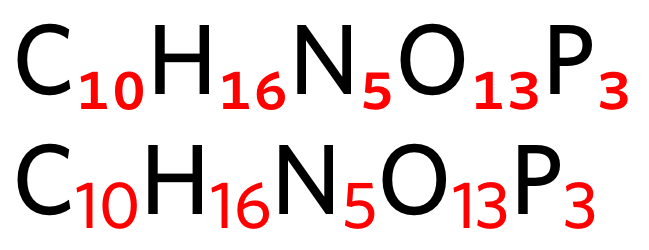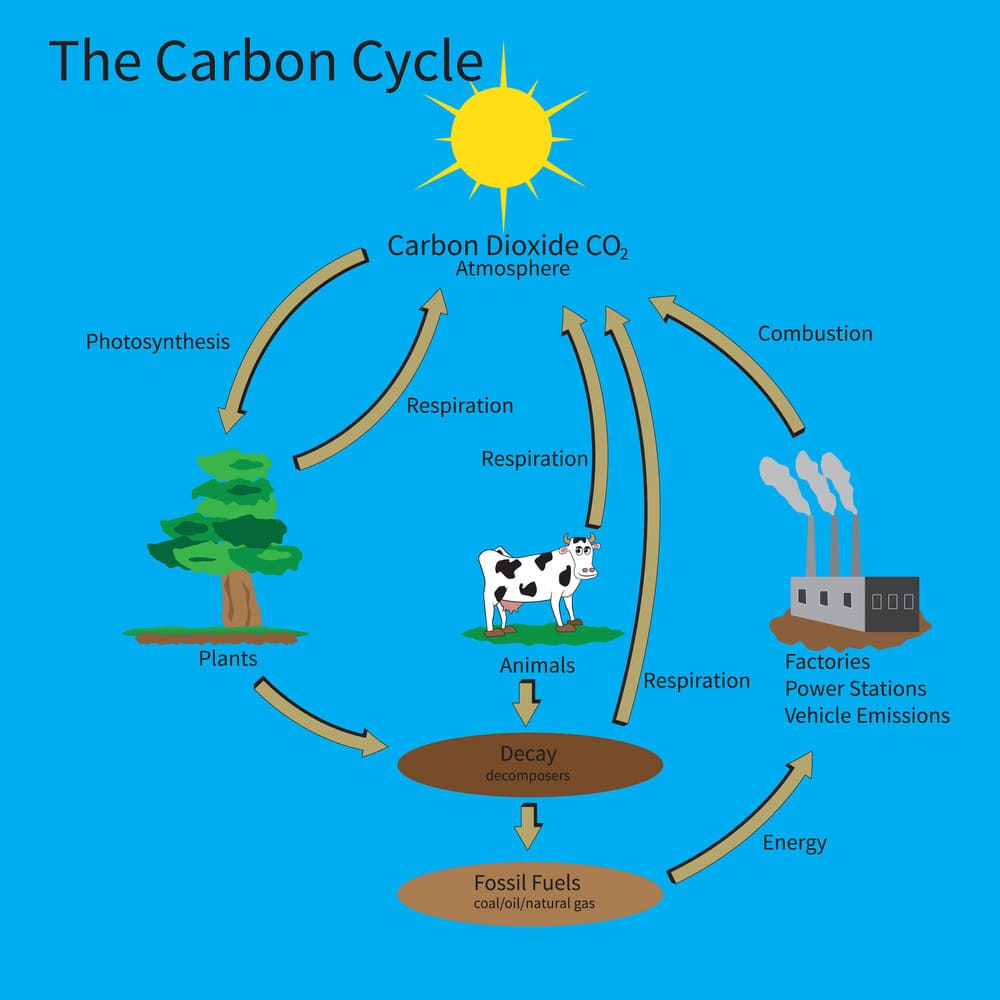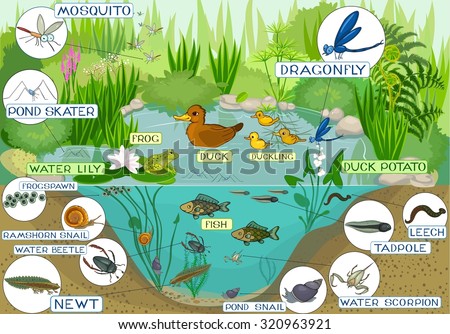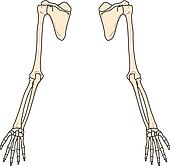Summary: This week we worked on something called the charity fair, which is where we create products and sell them for the charity that we're supporting. We need to create a backboard and on the backboard would have a cost and profit, information about our charity, an interactive map, list of materials, charity statistics, company name, an image of our product, product name, and an instructable. We also have to give a presentation about our charity and why people should support it. Something different this year though is that we had to make business cards that had our company logo and name on it. The business card was so people could support our charity without having to buy our product.
Backward - Looking: How much did you know about the subject before you started?
I knew what I needed to to such as what I would do in each class and that we would need to do a backboard and choose a charity. I also knew that we would have to think of a product to sell. This year however, the product had to be related to our charity. I also didn't expect to make a business card or campaign video this year. But this is also the first year I did stress balls so it took me some time to get the hang of making the stress balls. Other than that I knew what we were going to do during the charity fair and how you were supposed to sell to people.
Inward - Looking: What did/do you find frustrating about it?
While preparing for the charity fair what I found frustrating was that my partner didn't do much work, some of our products got destroyed, and even though we planned out where to put everything on the backboard we wasted a lot of room. When my partner didn't do any work I had to do the rest and it took a while. Then when my partner made the prototype they let someone look at it and the prototype broke. Lastly when we were doing the backboard we didn't have much room and it was too late since we already put most of the stuff onto the backboard.
Outward - Looking: What grade would you give it? Why?
A grade I would give our charity fair project is a C+ for creativity, a B- for collaboration, and a B+ overall. I would give creativity a C+ because our backboard was pretty plain and other groups were also doing stress balls, about 3 or 4 more groups. Then for collaboration I did a B- because even though my partner didn't do some work, they still did some work when I asked them to. They also brought the materials when I asked them to, but they wouldn't bring the stuff unless I reminded them to. Lastly I would give a B+ overall because I think that a C+ plus a B- would be a B+.
Forward - Looking: One thing I would like to improve on is...
A few things I would like to improve on is my math, my partner choosing, and my creativity. I'd like to improve on my math because I had to re-grade the cost and profit and I would want to get a good grade the first time instead of regrading it. I also would want to improve on my partner choosing so that when we choose partners at the beginning of charity fair I could get a partner who does work equally. Lastly I would want to improve my creativity because a lot of people were doing stress balls and ours looked more plain then the others. Also because then it would catch people's eye and we could sell more of our products.



















